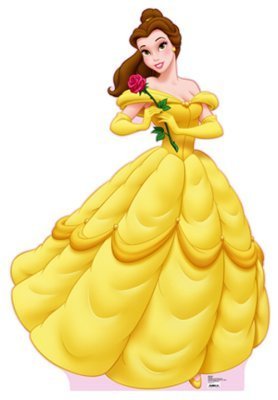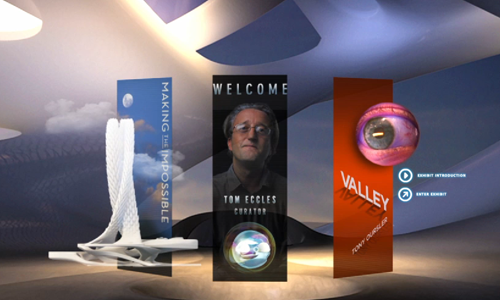TeamBAMFness got a lot of great feedbacks and suggestions on our first prototype of the Chameleon Suit.
Most people thought our idea was really creative and exciting, but they also had questions and concerns regarding the actual construction of the suit and the implementation of the features we proposed.
One of the more often mentioned concern was regarding the subtleness of the suit-morphing in public. Will the suit instantaneously attempt to change it's shape while the wearer's performing certain tasks? Can there be a way to stop the transformation once it has begun? How can the wearer prevent unwanted attention while transforming his/her suit?
So to answer these questions, I began to look more into the technical aspect of the project (such as researching more in-depth about Muscle Wire's capability and restrictions).
Muscle Wires is a patented brand of Shape Memory Alloy (SMA) that exhibit hardness and elasticity properties that change radically at distinct temperatures. Since the hardness and shape of the wire is predefined beforehand, every time there's a specific temperature change, the Muscle Wires will react accordingly.
This is a video I found on Youtube that illustrates the concept of Muscle Wires. However, in this instance, the experimenter activates the wire with hot water. For our project, we will be using electrical currents to heat up the wires instead.
While researching more into the physics behind Muscle Wires as well as the price range for ordering them in bulk, I ran into this slight dilemma:
Since Muscle Wires will only transition between its different states through temperature change, in order to revert the wires back to its original state, we'll have to come up with a way to cool it down. I'm surprised I haven't thought about this beforehand. Sure, we can use electrical current to make the wires bend and retract (in order to simulate a sleeve shortening action), but how can we get the sleeve back down again? The wearer could just pull on the sleeve to revert it back to its original position (this might actually be a better idea), but somehow the idea of manual movements to affect change to the suit bothers me. On one of the feedback surveys we got back, one person asked "can't she just scrunch up her sleeves?". That is true. What makes our suit so special during transformation? What we're proposing for the sleeve extension and shortening acts pretty much the same way as if people are pushing their long-sleeved shirt upwards. Maybe we should rethink about the concept of sleeve transformation.

I think this picture illustrates the concept of rolling up a sleeve. In real life, there're so many different ways to roll up/shorten a long sleeve, and different people apply different lengths to their sleeves under various circumstances. We proposed on changing the long sleeved shirt into a short sleeved shirt. But what about all that extra material? Will they just all remain bunched up on the wearer's arm like in the picture above? Or is there some way to divert those extra fabrics so they're no longer visible, and the sleeve can actually resemble a short sleeve?
This is an issue that needs more thoughts from all of us.
Aside from the brief mechanical component of the suit that I thought about, I also looked into the different type of designs we can have for the suit. We mentioned using LED lights embedded beneath the suit to give it more flavor and personality. I still think this is a good choice, because not only can we use different colors of LED lights, but we can also arrange them into different patterns/shapes (ie. shape of a tie, flower, etc). That way only a certain pattern will show up under different conditions.
Lights are always good, but what if there're some other types of transformation we can adopt for the outward design of the suit. Some of the feedbacks we received mentioned temperature-changing ink and UV ink. One of the sites I visited during research offered Therochromic Ink, which has the ability to change color based on temperature changes. This technology is very common in baby products. I've seen baby spoons turn from white to pink if the food on it is a bit too hot.
 |
| Baby spoon turning from blue to white when in contact with hot food. |
We can definitely use this technology in our suit. If the temperature is hot (ie. summer weather), the base color of the shirt can be a light/summery shade. If the user wears the suit in the winter, maybe the color can be a darker/solid shade. Although temperature is an external input, it can very much be linked to a person's mood. I know that in the winter I'm much more subdued and serious than I am in the summer. Different temperature definitely affect people's mood. By countering the expected mood change with a different color on the suit, we can help the wearer feel more lively or calm.
Another idea is to use ink that's sensitive to UV light. These inks are very popular in tatoo industries as well as frat parties (ie. black light). It'd be pretty cool to have special patterns on the suit that'll only be visible when the wearer is exposed to blacklight (such as dance parties). That way, those patterns can be somewhat daring, and the wearer doesn't have to fear about making the wrong impression at different settings.
 |
| Tattoo done in UV ink becomes visible under partial blacklight. |
There's a lot of food for thought from the feedback we received, and even more areas we can explore in order to make our suit more user-friendly and exciting. I can't wait to get my hands on some of those Muscle Wires and special ink!





































